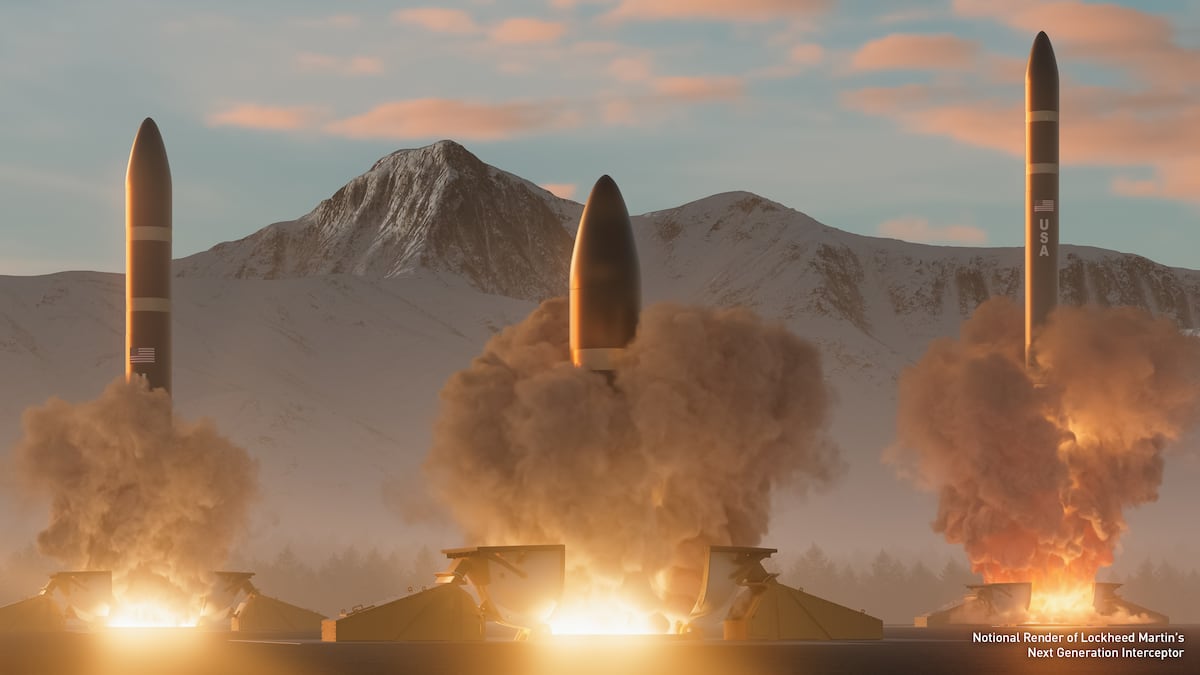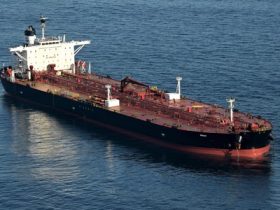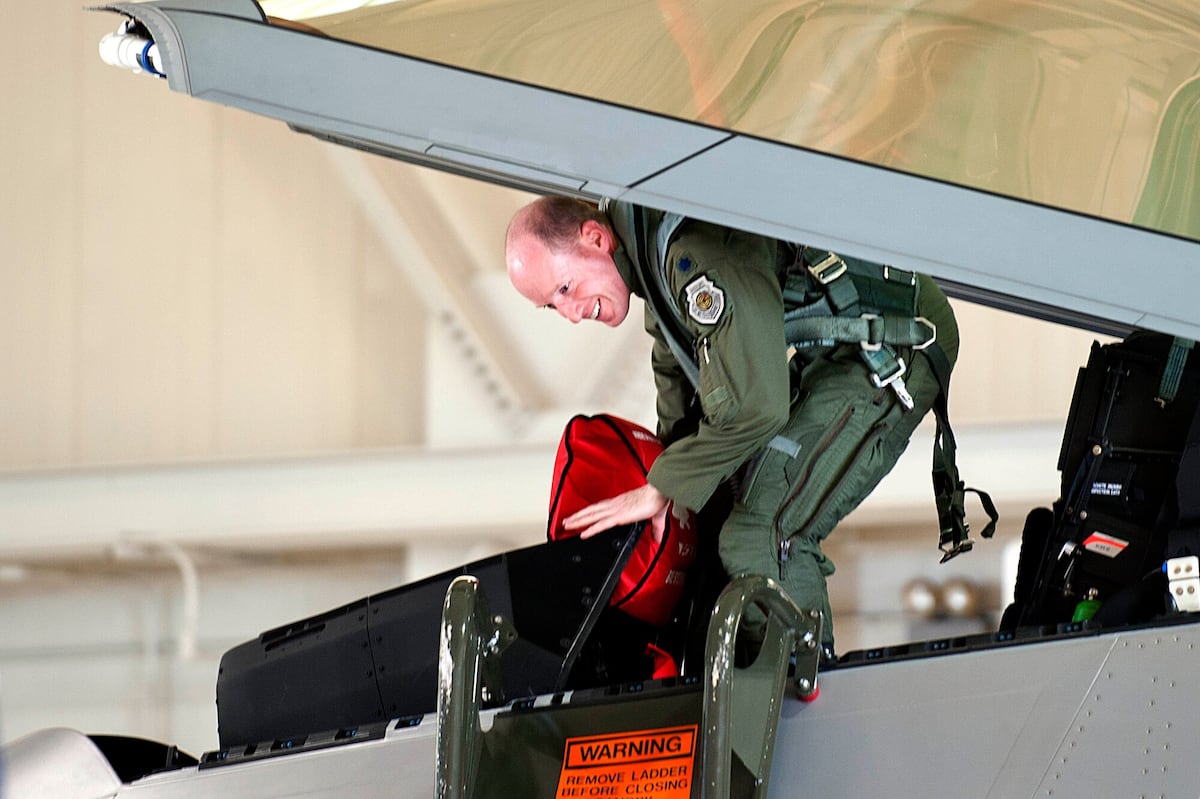The readiness rate of amphibious ships critical to Marine missions has dropped to 41%, a defense official tells Military Times, as thousands of Marines and sailors are being sent to Latin America and the Caribbean amid the Trump administration’s ramped-up effort to combat drug cartels.
The lack of available amphibious warfare ships, known as amphibs, resulted in a more than five-month gap in Marine Expeditionary Unit deployments this year. The 31st MEU completed its last patrol aboard the America Amphibious Ready Group in early March. The 22nd MEU deployed aboard the Iwo Jima Amphibious Ready Group on Thursday.
A U.S. official told Military Times that the Iwo Jima Amphibious Ready Group is currently sailing off the coast of the Carolinas to avoid Hurricane Erin. The official, who spoke on the condition of anonymity because they were not authorized to comment on the deployment, said the ships’ entrance into Caribbean waters had been delayed by the storm. Forecasters predict the storm will remain a large, major hurricane into midweek.
The decline in amphib readiness highlights the Navy’s inability to tackle major fleet maintenance issues plaguing the force at a time when the Trump administration has been eager to increase military options available to the president to carry out his Make America Great Again agenda.
The president has said he wants to strengthen the military while tackling immigration issues and stopping illicit drugs from entering the United States.
The three amphib ships that deployed on Thursday are carrying more than 4,500 sailors and Marines. They include the amphibious assault flagship Iwo Jima (LHD 7), along with the San Antonio-class amphibious transport dock ships San Antonio (LPD 17) and Fort Lauderdale (LPD 28).
CNN reported that the Iwo Jima Amphibious Ready Group and 22nd Marine Expeditionary Unit set sail for U.S. Southern Command to give the president a broad range of military options should he choose to target drug cartels. Reuters on Friday reported that the U.S. was deploying other military assets to the southern Caribbean Sea, to include at least one submarine and several P8 Poseidon reconnaissance aircraft.
The Trump administration designated Mexico’s Sinaloa Cartel as well as Venezuelan criminal group Tren de Aragua as global terrorist organizations in February, and in recent months deployed at least two destroyers to help with border security and counter-narcotics efforts.
Officials who spoke to Military Times on Monday warned that the deployed Marines would not have the training needed for drug interdictions.
Amphib readiness dips from bad to worse
A report by the Government Accountability Office last December showed half of the U.S. Navy’s 32 amphibious warfare ships were in poor material condition.
The Marine Corps has said it needs the amphib readiness rate at 80% or higher to complete its missions with the current number of ships in the fleet, and Marine Corps commandant Gen. Eric Smith has called the amphib readiness rate a “crisis.”
“I have the Marines, and I have the squadrons, and I have the battalions and the batteries … I just don’t have the amphibs,” Marine Corps Commandant Gen. Eric Smith told VOA late last year.
The Navy has struggled to meet planned maintenance schedules for amphibious warfare ships since 2010, according to Marine Corps documentation. From 2010-2021, the Navy extended more than two-thirds of amphibious warfare ship maintenance beyond its original planned end date.
The Government Accountability Office found that “this cumulatively resulted in 28.5 years of lost training and deployment time for those ships and their associated Marines.”
While the amphibious warfare ships make up just 10% of the fleet, they are the go-to alternative to aircraft carriers when commanders need something more precise or expedient.
Marine Expeditionary units can provide a wide variety of missions, from fighter jets strikes, to support in non-combatant evacuation operations and disaster relief efforts.
Read the full article here








Leave a Reply